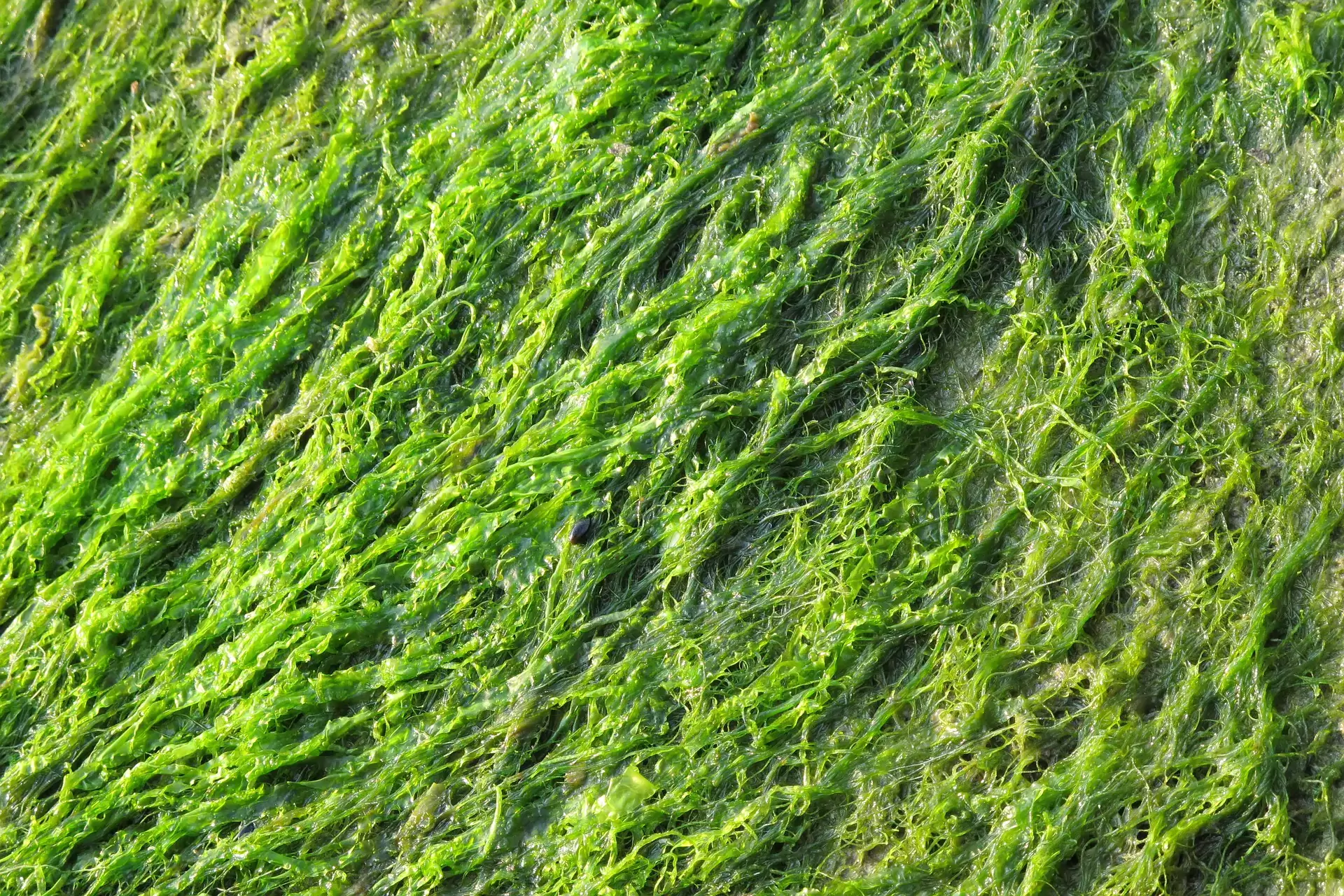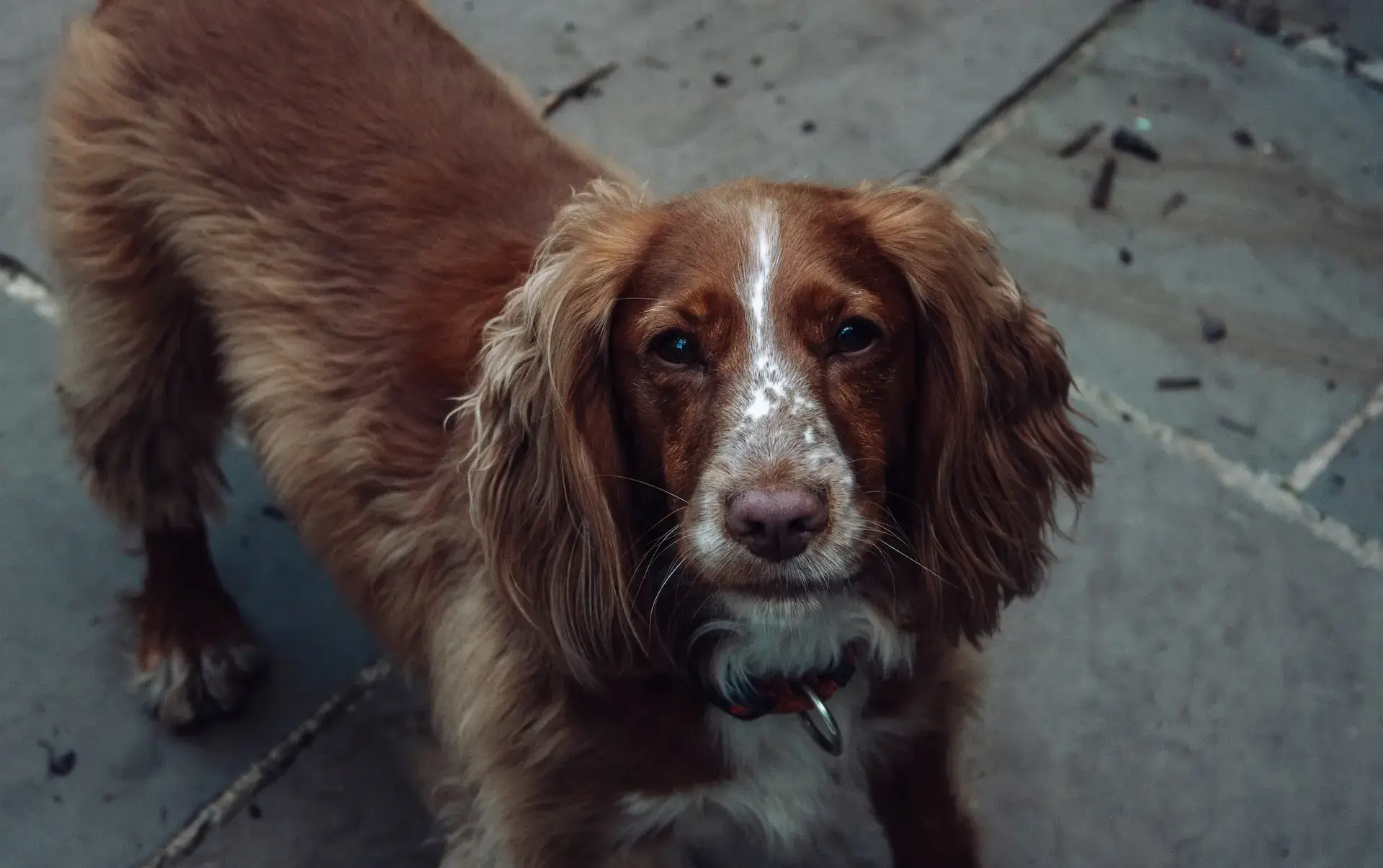National Catio Day is coming up on March 15th! Many of our feline patients have individual catios or cat enclosures, and they are purrfectly happy to hang out in them. Catio is derived from the words cat and patio. The goal is to provide Fluffy with a contained environment while still incorporating parts of the Great Outdoors. This provides your pet with a safe space to partake in her favorite hobbies, including napping, watching birds and squirrels (and occasionally producing clacking noises), reclining in the sun, meditating, and, of course, silently judging you.
In this article, a local Hiawassee, GA veterinarian discusses Fluffy’s private place.
What Is The Difference Between A Catio And A Cat Enclosure?
Cat enclosures basically take the catio to the next level. These are actually set up outside the house. Fluffy is still protected from predators by some form of barrier, usually mesh, chicken wire, screens, or something similar.
This is an excellent alternative for individuals who have fairly adventurous furballs and a location to put a kitty enclosure. You don’t necessarily have to make any structural adjustments to your home to put an enclosure out. Many people set them so that their feline buddies can use a window for access. You can buy them, or, if you’re handy, you can search up blueprints online and create your own.
There are a few things to consider when creating an enclosure.
- A catio will need flat ground, and may require some form of foundation. You may need to smooth the area out a bit, and perhaps add some gravel.
- Who says you can’t decorate a catio? This is an excellent area for outdoor rugs!
- Make sure you include some form of shade or covering.
- Consider a configuration that allows you to open and close Fluffy’s access way. That way you can let her come and go when it’s pleasant out, but keep her safely inside at night or when the weather is terrible.
- Be sure to stay up with Fluffy’s parasite prevention! A cat enclosure won’t give much protection from fleas, ticks, or mosquitos. (Actually, this applies to all cats, even indoor ones.)
- If you want to employ mesh fencing, consider something that was constructed from galvanized or vinyl-coated wire.
- If there are snakes in your region, you may need to take further efforts to keep snakes out.
Ask your Hiawassee, GA veterinarian for more information about cat enclosures.
Are Cats Happy with Catios?
Many kittens adore them! While we can’t formally poll our feline patients on this topic, we’re confident the answer would be unanimous, or close to it.
Where Should I Place My Catio?
Wherever you want! A screened or enclosed porch or patio is an excellent spot, but these are far from the only options. You can also use a sunroom, a spare room, a loft, or a sunny corner.
If your patio is separate from the rest of your home, consider installing a cat door so Fluffy may freely enter and exit her catio. You can acquire doors that can be synced to pets’ microchips, so they will only open for your kitty. This may increase security.
Why Should I Create a Catio?
Perhaps the question here is why not? Keep in mind that you do not have to give up the space. Fluffy will not mind if you set up some comfortable furniture for yourself. The idea is to provide your pet with a place where she may safely experience a taste of nature, preferably while enjoying a nice view.
A catio offers your furry little buddy the best of both worlds. She’ll be able to enjoy some sunlight, and observe birds and squirrels, but still be safe and sound indoors. Cats can spend hours sunbathing, snoozing, and meditating. They also enjoy spying on the surrounding fauna and daydreaming about hunting. That can go a long way toward keeping your feline companion content and entertained.
What Should I Put On A Catio?
Fluffy would probably want wraparound cat shelves, kitty pathways, cat wheels, and a stocked fishpond. However, you don’t have to go to that extreme. The basics would include kitty furniture, some pet-safe plants, a comfy window seat, and perhaps a scratching post. This is also an excellent location for swimming fish toys, automatic laser pointers, and the like.
Of course, Fluffy will also not object if you hang a bird feeder in her line of sight. Of course, we only recommend this if your cat remains indoors. Otherwise, you might be enticing the poor birds to their deaths!
Why Should I Keep My Cat Indoors?
Kitties are incredibly adventurous, and they like patrolling their territory. Fluffy is also a fan of rolling in driveways, leaving pawprints on freshly-washed automobiles, and dropping dead animals on her humans’ doorsteps.
Unfortunately, these activities can offer serious risks to a curious young furball. Cats that are permitted to wander face some rather serious hazards. These include weather, traffic, wild animals, parasites, pollutants, and even other kitties. Fluffy could also potentially get stuck somewhere, such as in a neighbor’s shed. There’s also an increased danger of parasites, especially if your feline companion hunts. Plus, if your kitty isn’t fixed, she may potentially reproduce. With pet overpopulation being such a significant problem, we recommend both spay/neuter surgery and keeping your kitty inside. I
It’s also worth noting that this also helps protect local animals. House cats destroy billions of small animals every year. With so many species currently threatened and endangered, it’s crucial for everyone of us to do what we can to save them.
What Are Safe Plants For A Catio?
No catio can be complete without plants! Some of those that you can include are Spider plants, Bromeliads, Money Tree plants, Rubber Tree plants, Cast Iron plants, Rattlesnake plants, Prayer plants, and the Calathea Zebra plant. Many ferns, including the Boston fern, Bird’s Nest fern, and Kimberly Queen fern, are also safe. If you want a flash of color, go for an African violet. Many orchids are likewise safe, as are hibiscuses, roses, and impatiens. If you enjoy cooking, consider adding some culinary herbs. Thyme, parsley, sage, rosemary, basil, valerian, witch hazel, echinacea, goldenseal, cilantro, and dill are all excellent. If you want some potted trees, you might choose Areca palms, Ponytail palms, and Parlor palms are all fine. Avoid Sago palms, though: they are harmful to both dogs and cats.
Check the ASPCA site here for more information.
Keep Fluffy’s safety in mind when arranting plants. Put large and heavy pots on the floor. Don’t put things on fragile stands: your kitty could knock or drag the plant over onto herself if she tries to munch or paw at a trailing leaf.
What Plants Should I Avoid Putting On A Catio?
It’s also vital to know what not to include. Lilies are at the top of that list. They are extremely deadly to our feline buddies. Even just drinking the water can have severe—and perhaps life-threatening—consequences. That covers all lilies, such as the Peace lily, Asiatic lily, Day lily, Japanese Show lily, Rubrum lily, Tiger lily, and Wood lily, along with numerous hybrids. While those of the true lily family are most dangerous, all lilies should be considered unsafe. Lily of the Valley, albeit not a genuine lily, is also harmful to kitties.
Other deadly plants include tulips, daffodils, eucalyptus, Devil’s Ivy, which is often called pothos, taro vine, or golden pothos, oleanders and philodendrons. If you aren’t able to prove something is safe, err on the side of caution and go for something different. Better safe than sorry!
Do you have questions about your cat’s health or care? Contact us here at your Hiawassee, GA animal hospital, today!



